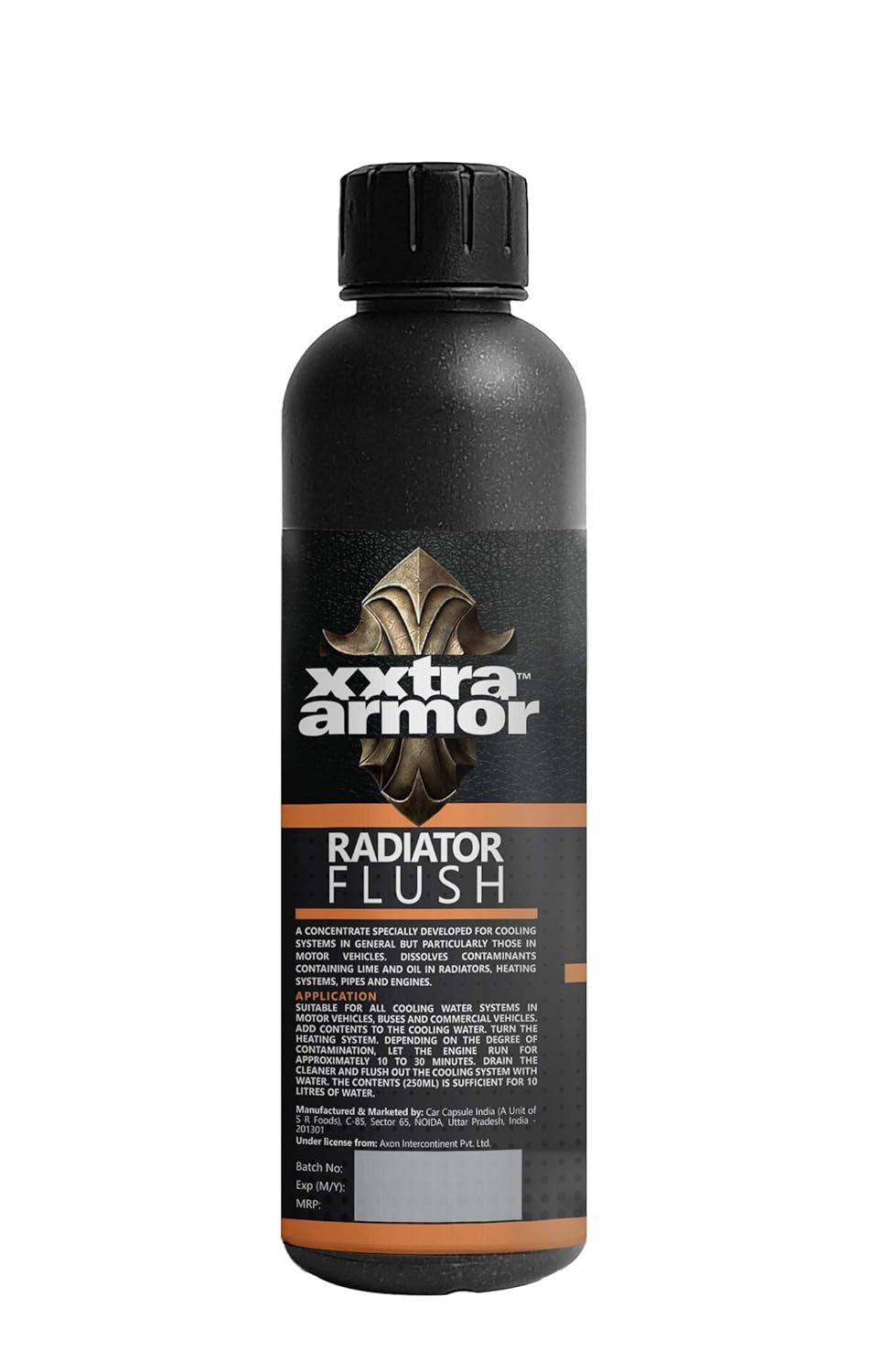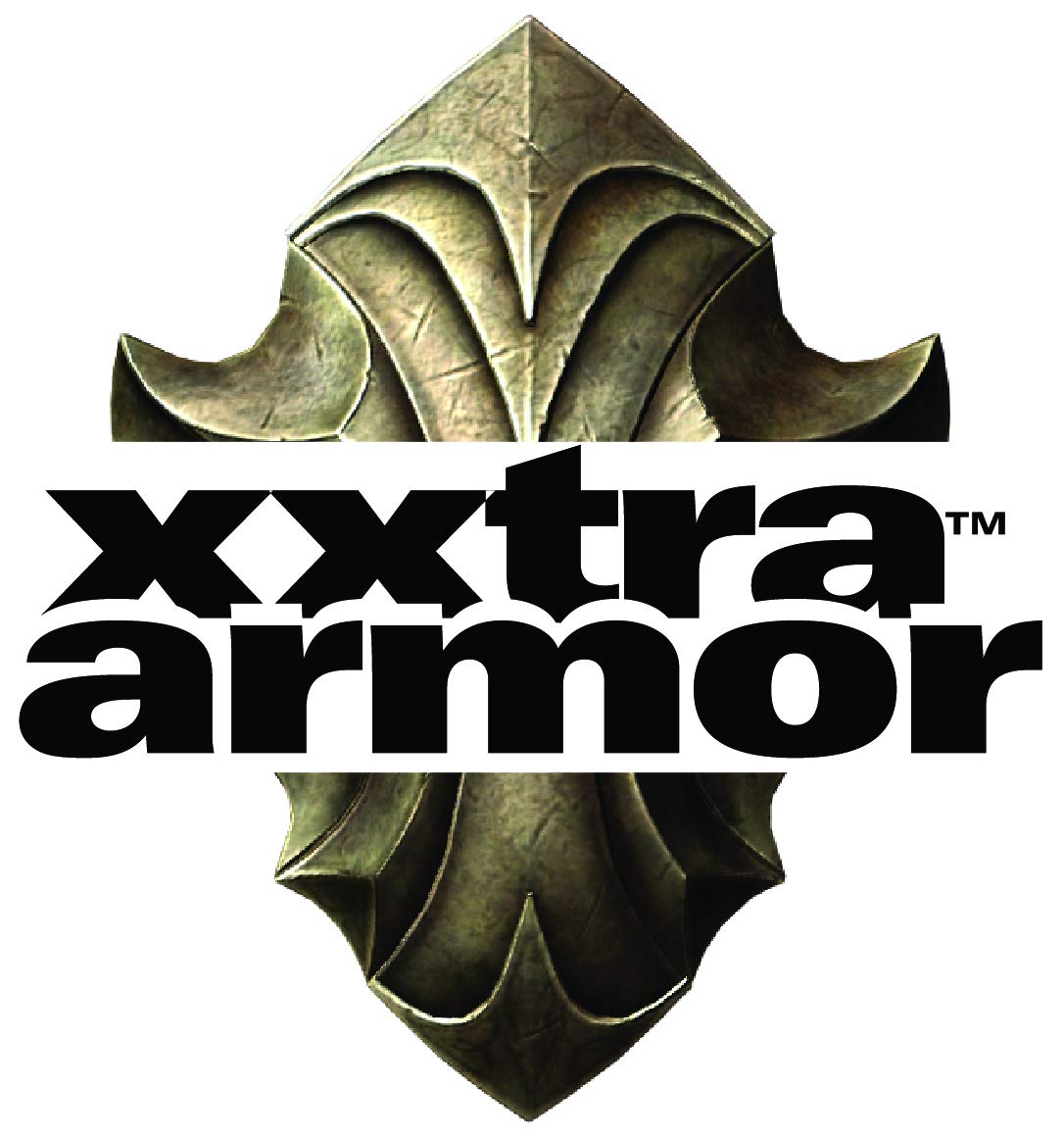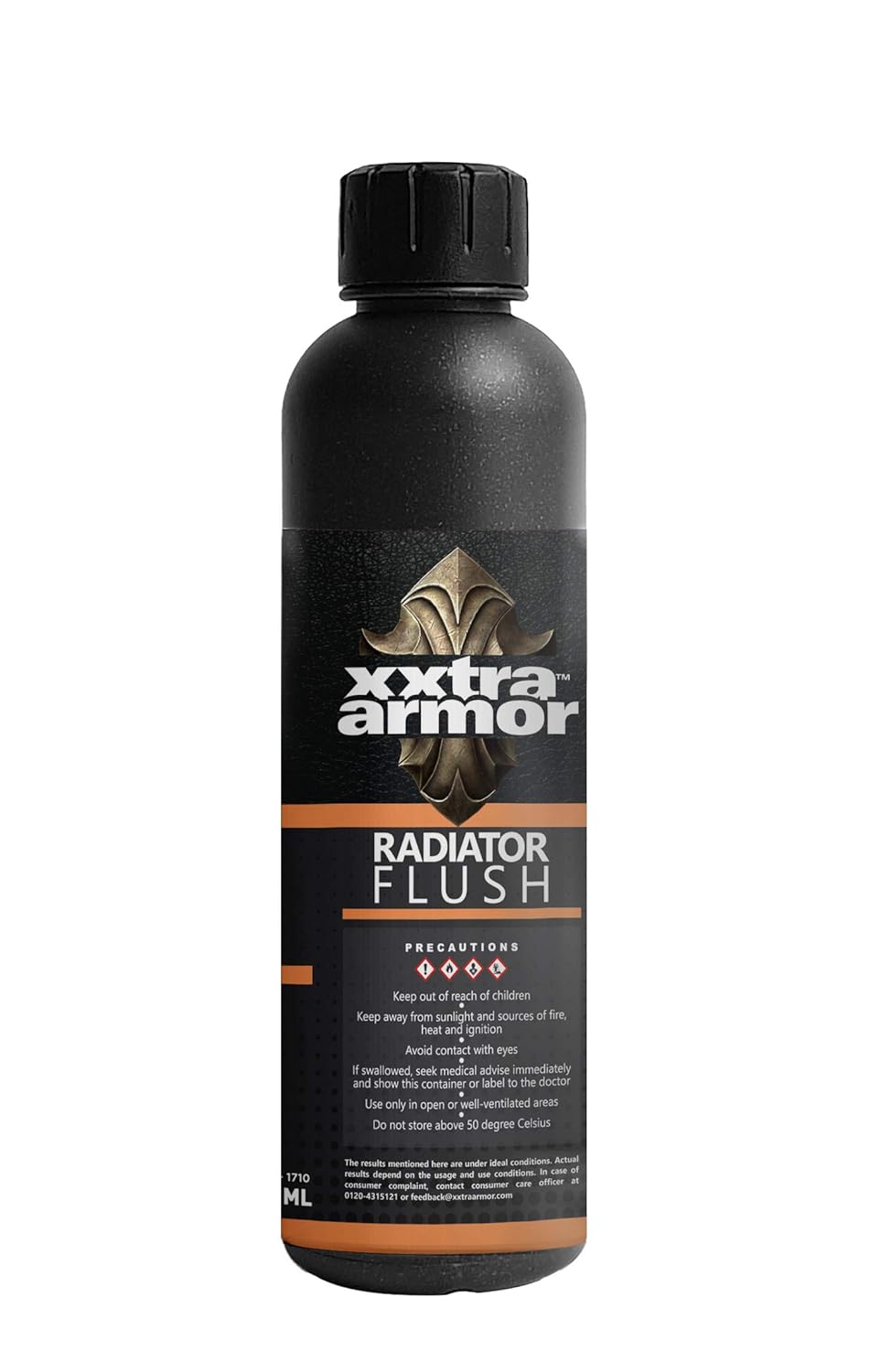1
/
of
5
Xxtra Armor
Radiator Flush (250ml)
Radiator Flush (250ml)
Regular price
Rs. 350.00
Regular price
Rs. 399.00
Sale price
Rs. 350.00
Unit price
/
per
Shipping calculated at checkout.
Couldn't load pickup availability
Benefits of a Radiator Flush
1. Removes Contaminants
- Over time, debris, rust, and mineral deposits build up in the cooling system, reducing efficiency. A radiator flush clears these out, ensuring proper coolant flow.
2. Improves Cooling Efficiency
- Clean coolant and a debris-free radiator maintain optimal engine temperature, preventing overheating or freezing in extreme weather.
3. Prevents Corrosion
- Fresh coolant contains additives that protect against rust and corrosion inside the radiator and engine.
4. Extends Radiator and Engine Life
- Regular flushing reduces wear on the cooling system, extending the lifespan of the radiator, water pump, and thermostat.
5. Enhances Heater Performance
- A properly functioning cooling system improves your vehicle’s interior heater performance during cold weather.
6. Prevents Coolant Leaks
- Contaminants can degrade hoses and seals, leading to leaks. A flush helps maintain these components in better condition.
7. Ensures Proper pH Balance
- Old coolant can become acidic, potentially damaging metal components. A radiator flush restores the coolant’s proper chemical balance.
When to Perform a Radiator Flush
1. Manufacturer’s Recommendation
- Check your vehicle owner’s manual for the recommended interval (commonly every 2-5 years or 1,00,000 Kms, depending on the car and coolant type).
2. Signs Your Radiator Needs Flushing
- Overheating engine: Frequent overheating indicates poor heat dissipation due to clogged coolant passages.
- Dirty or discolored coolant: Coolant should be bright green, orange, or yellow (depending on type). If it’s rusty, brown, or murky, it’s time for a flush.
- Coolant leaks: Old, degraded coolant can damage seals, causing leaks.
- Unusual smells or sludge buildup: A sweet smell or visible sludge in the radiator indicates old, contaminated coolant.
3. Seasonal Maintenance
- Consider flushing before summer or winter to ensure the cooling system is prepared for extreme temperatures.
4. After Repairs or Coolant Contamination
- Perform a flush if the radiator has been repaired, or if contaminated substances (like oil or dirt) accidentally entered the coolant system.
Steps After a Radiator Flush
- Refill with the recommended type and mix of coolant.
- Bleed the system to remove air pockets.
- Regularly monitor the coolant level and condition afterward.
A radiator flush is a cost-effective way to keep your cooling system functioning properly, preventing more expensive repairs down the road!












